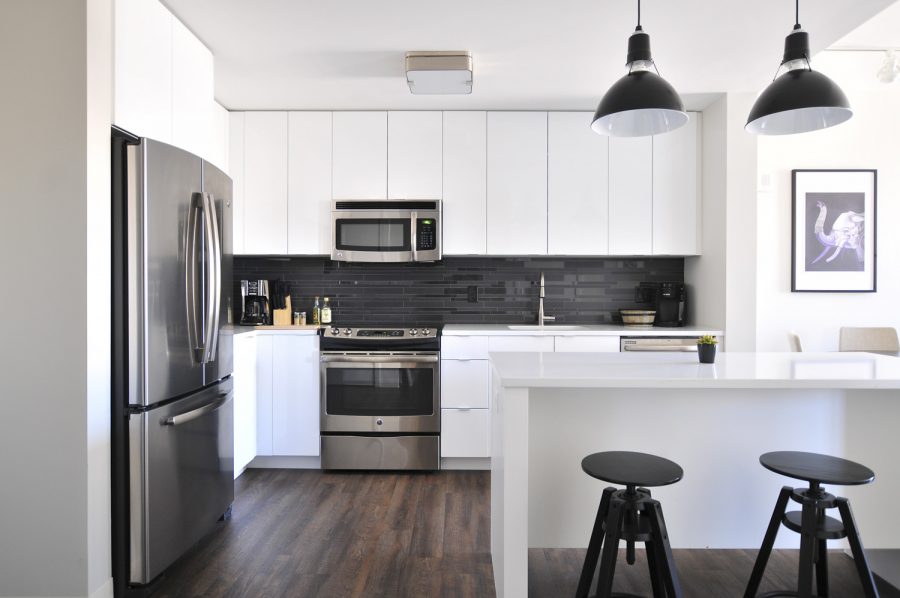Marketing for Single-Family Rentals: The New Industry Trend
Table of Contents
One of the most relevant and overused words in 2020 was “pivot.” In multi-family real estate, this not only applied to budget strategies at the individual community level but also applied to investment practices.
With the single-family rental market trending in the real estate industry, this asset class—sometimes referred to as Built-To-Rent (BTR), Single-Family Rental (SFR), or Horizontal Living—took over Zoom conversations for the top home builders and operators.
What is a Single-Family Rental?
With all of the COVID-related questions still lingering, one thing that’s certain is that “space” is something everyone can appreciate. Even the largest “investors are betting Americans will keep flocking to spacious suburban living even if they can’t afford to buy.” Urban exodus and suburban flight have continued to gain steam over the past 12 months, and so has the appeal of renting an affordable space that feels more like a luxury single-family home than an apartment.
And that’s exactly what this newest asset is. Whether you call it a Single-Family Rental, Built-To-Rent, or Horizontal Living, these communities combine the best of apartment communities with the best of a traditional home. Residents can rent houses that come with many of the community amenities popularized by modern apartment communities.
Marketing for the Brand New
Although this asset type brings on a whole different resident lifestyle experience, at the end of the day, they’re competing for the same potential residents as traditional multi-family apartment spaces. The bottom line is that these single-family rental communities are still catering to individuals who are looking to rent rather than own.
And with a new investment type, we need new language. Many of the descriptions of these locations and communities on their Business Listing Pages are categorized as the same asset type: “Apartment Rental Agency” or “Apartment Complex.” Better understanding how these primary and subcategories affect your search results help you maximize your audience.
As an example, search “Best Single-Family Rental in Nashville” on Google. What do your results look like? Not only are relevant search results appearing—with a mixture of ILS and digital ads—you’ll also find vacation home rentals like Airbnb and VRBO. This confusion in standardized language can create confusion in your audience, causing you to lose out on leads.
So how do we fix this? To start, a healthy dose of Search Engine Optimization and Review Generation can help you show up accurately and often.
The keywords that are used on your website, asset categorization, status updates, and individual reviews will only help to ensure that your community gains enough authority to show up within the Google Map Pack—pushing those possibly confusing results further down and helping you take over our newest industry terms. According to Neil Patel’s case study, if the search results contain a local map pack, the top 3 in this section will receive 44% of the clicks.
The Biggest Takeaway
Overall, the rules still apply regardless of what asset type you’re working with. Be mindful of how you’re budgeting for marketing services and ensure you’re aligning your asset goals with your overall marketing strategy.
Need help with that? Our full line of marketing services includes SEO and Reputation Management. Check out Understanding SEO: It’s Correlation Not Causation or Online Reputation Management for Multi-family Properties, and reach out to our team if you’d like to learn more.
Sign up for our newsletter.
Stay in the know about our insights and industry trends.



